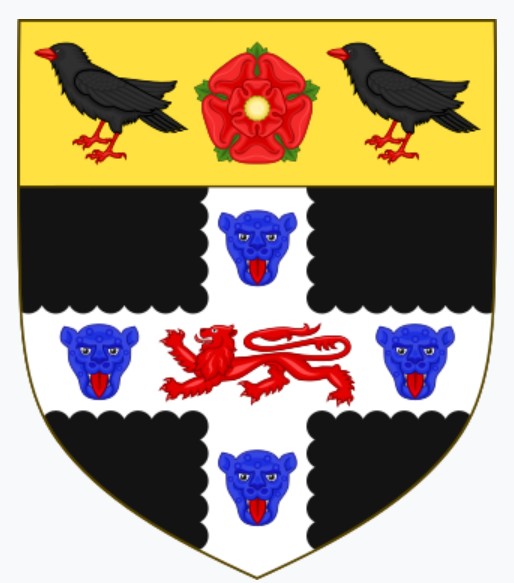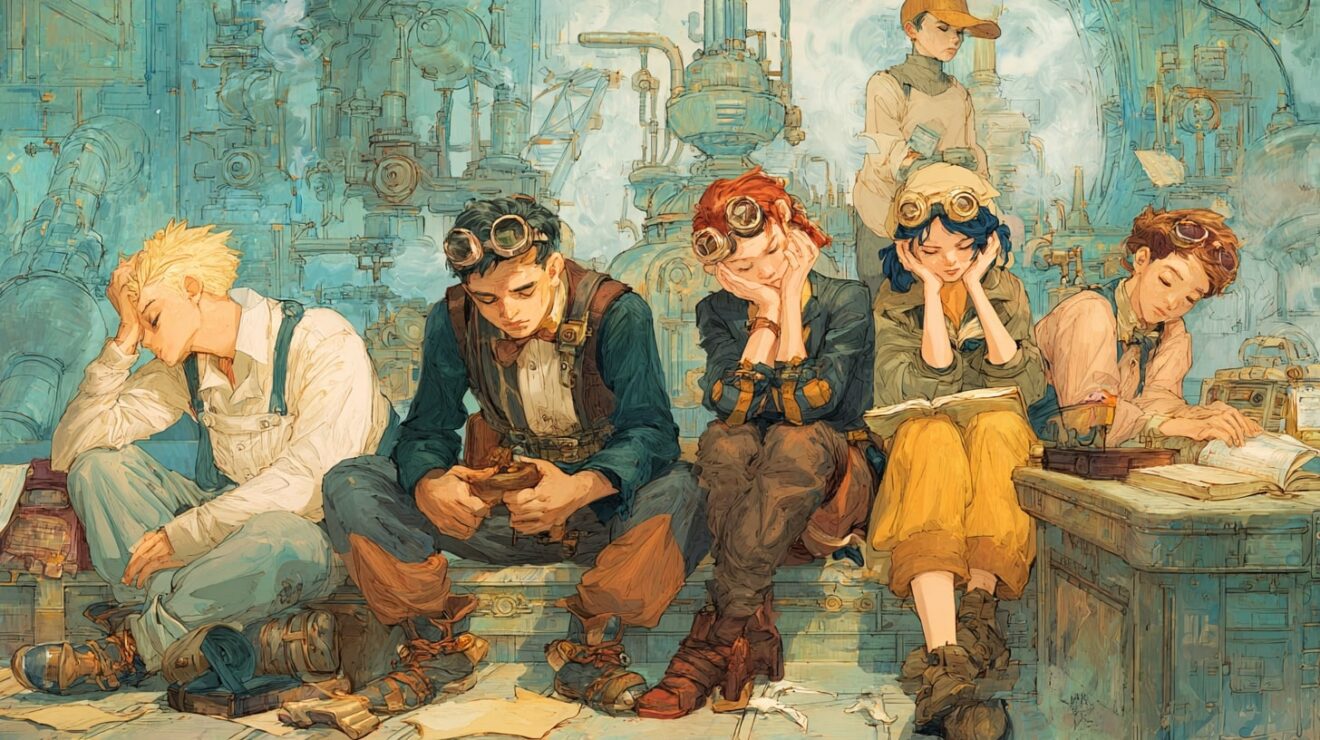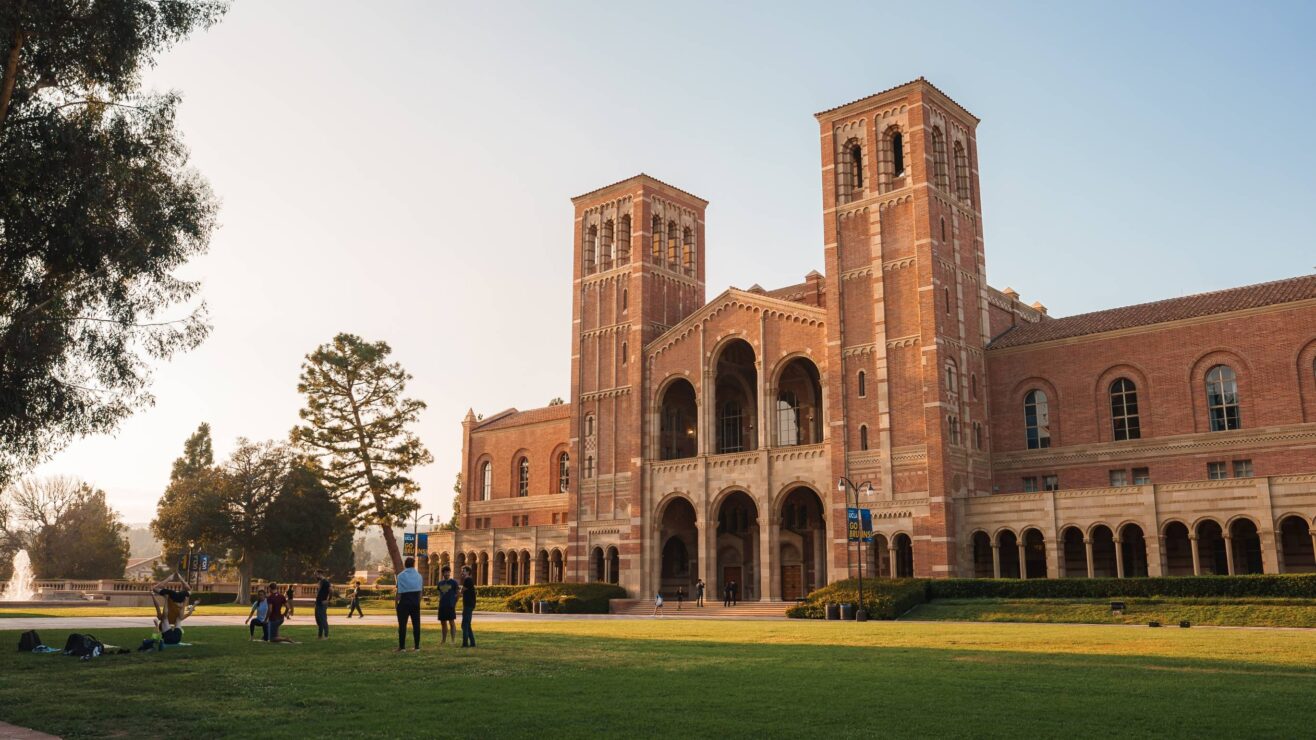We’re well into advent, so it seems apposite to look at Christmas and, in the context of higher education postcards, a college named after its eponymous protagonist.
We’ll start in 1002, which is well before there was a university at Oxford, let alone a college. King Æethelred had ordered a massacre of Danes within his kingdom, which took place on 13 November, St Brice’s day. Amidst the massacring, St Frideswide’s nunnery was destroyed (with, presumably, woeful consequences for the nuns). As a result of the massacre of the Danes – which Æethelred had apparently been advised would be an effective pre-emptive strike – the Danes, led by Sweyn Forkbeard, went on a bit of a rampage. This, by the way, was why Æethelred was the unrede – not “unready” but “badly advised”.
Anyway, back to the main story. Æethelred had St Frideswide rebuilt as a priory, and under Henry I this became an Augustinian foundation. Which rubbed along with the people of Oxford until in 1524 it was suppressed, by Cardinal Wolsey. He used the proceeds from the suppression of other priories, including Wallingford Priory, to repurpose the priory’s buildings and establish Cardinal College.
Which you may never have heard of, at least until now. And that’s because Wolsey had a spectacular fall from grace. Having failed to secure a divorce for psychopathic king Henry VIII, he was cast from the inner court. In 1530, ill with dysentery, he died in Nottingham as he was returning to London to face trial for treason.
Now Henry was not the sort of king to let bygones be bygones. He suppressed Cardinal College in 1531, and the following year re-founded it. As King Henry VIII’s College. He wasn’t a modest man.
And in 1546 he was a much richer man. Using the Protestant reformation as cover for personal aggrandisement, he broke from Rome, founded the Church of England with himself as its head (like I said, he wasn’t a modest man), and moved from dissolving priories to dissolving monasteries – far richer pickings. This enabled him to re-found King Henry VIII’s College as Christ Church College, and simultaneously made the priory church into the cathedral of the Church of England diocese of Oxford. The college’s full formal name reflects all of this: the Dean and Chapter of the Cathedral Church of Christ in Oxford of the Foundation of King Henry the Eighth.
The buildings started by Wolsey were completed, and added to. Christoper Wren designed the Tom Tower, the one on the card. This holds the Great Tom bell, which is rung 101 times every night at 9pm Oxford time (yes, of course it has its own time zone), or about five minutes past 9pm Greenwich Mean Time.
Let’s fast forward to 1642. Supporters of Parliament were at war with supporters of the king; armies had been raised. A pitched battle had been fought at Edgehill; it was indecisive, enabling the king – Charles I, or Charles as he was known at the time – to continue his march on London. Realising London could not be taken by force, Charles retreated to Oxford, and made his base there. (In the meantime, parliamentarian forces had arrested the university’s vice chancellor, John Prideaux, an event which must, even today, give hope to people across higher education.)
Charles set up shop in Christ Church. He used the deanery as his royal apartments, and the college’s great hall became the meeting place for the parliament. (Parliament had not been dissolved before the outbreak of the war. Charles summoned it to Oxford. Most of the Lords attended, and about a third of the Commons. It met from January to April 1644 and again from October 1644 to March 1645. What did it do? We don’t really know, as its records were burnt in 1646 before parliamentary forces retook the city.)
Christ Church’s alumni include thirteen British Prime Ministers, although one of the them, William Pulteney, first Earl of Bath, held office for two (2) days only, and whether he actually ever was Prime Minister is now disputed by historians. The parliamentary history records that after his two-day prime ministership he “spent the rest of his life in retirement, consoling himself with the pleasures of avarice, to which he had always been notoriously, indeed scandalously, addicted.”
Alumni also include many politicians of ministerial rank (for example, Nigel Lawson, David Willetts, Chris Skidmore); monarchs (including Edward VII, although he transferred to Trinity Cambridge); scientists (such as Robert Hooke, Martin Ryle); a whole gaggle of top-drawer philosophers (such as John Locke, Freddie Ayer, Daniel Dennett, John Rawls, and a personal favourite, Gilbert Ryle); literary figures including Lewis Carroll, W H Auden, and John Ruskin; and, perhaps best of all, both Flanders and Swann.
There are a few additional points to cover before I wrap up this account.
Firstly, an epic disagreement between the former dean of Christ Church and the college. This long statement by the college sets out one side of the issue.
Secondly, what a wonderful set of buildings! They’ve inspired the buildings of the University of Galway, and have also, apparently, featured in the Harry Potter films, although as your correspondent has never seen any of these we have to take this on trust.
And finally, Christ Church’s arms: these are Cardinal Wolsey’s arms; properly described they are Sable, on a cross engrailed argent, between four leopards’ faces azure a lion passant gules; on a chief or between two Cornish choughs proper a rose gules barbed vert and seeded or. And its always good to see a chough, whether from Cornwall or anywhere else.

Here’s a jigsaw of the postcard, to give you a bit of festive diversion; and a bonus jigsaw of the college kitchen, which is a bit harder, should you need an excuse to spend more time secluded with your computer over the festive season.
And that’s it for 2024’s higher education postcards. I’ll be back in January with more; in the meantime, a very merry Christmas to you all.













Cardinal Wolsey had made it to Leicester before he died.